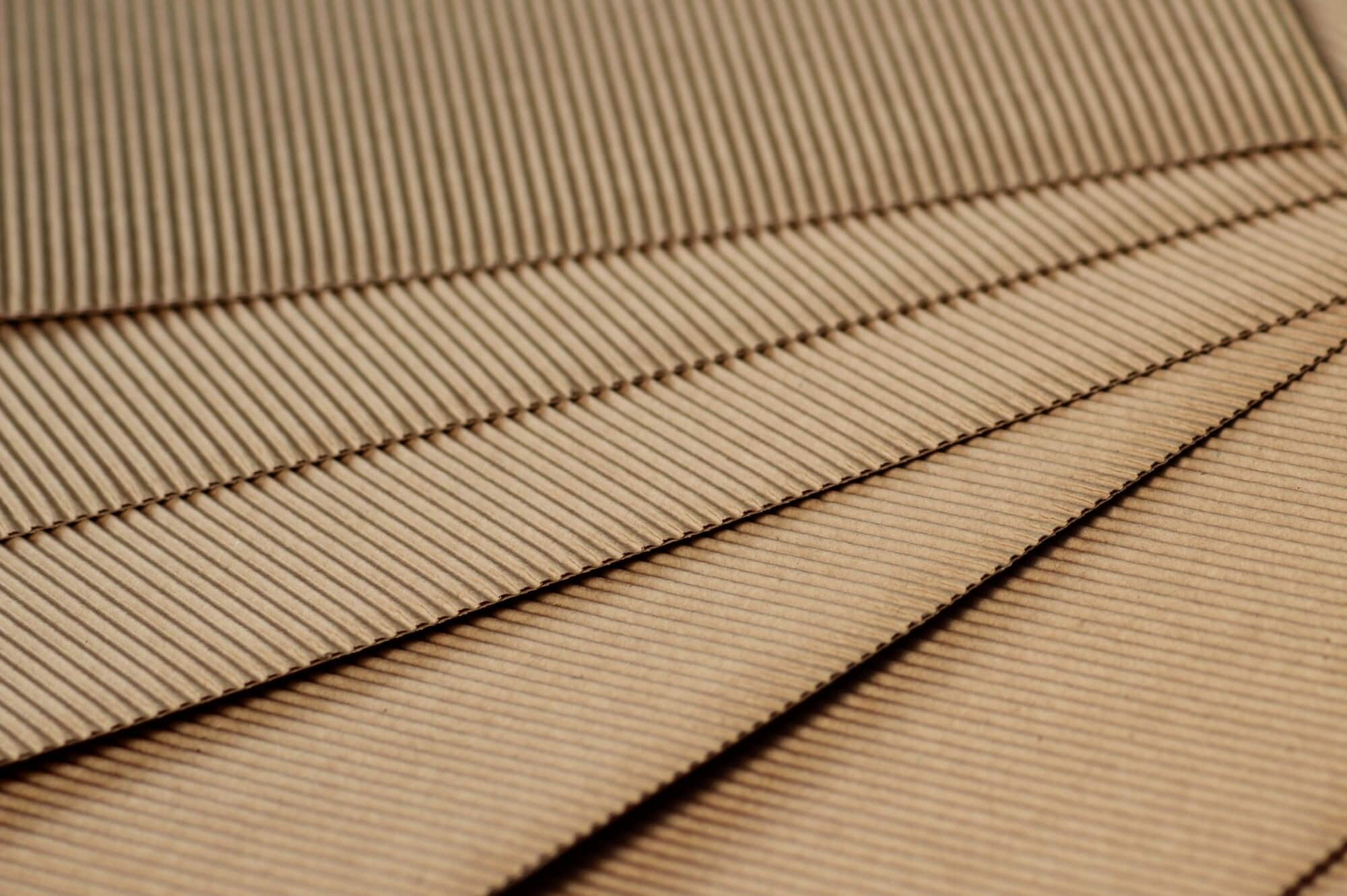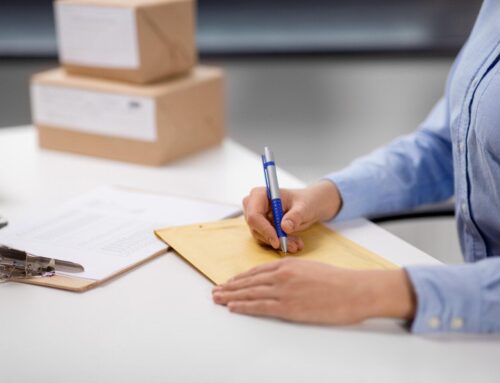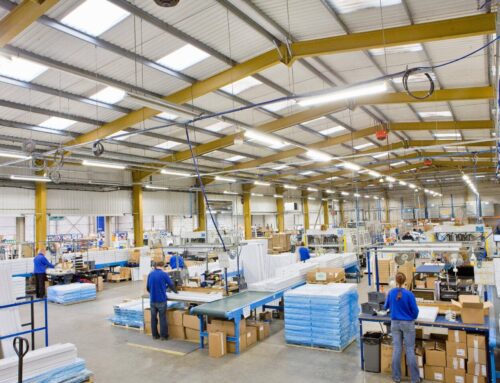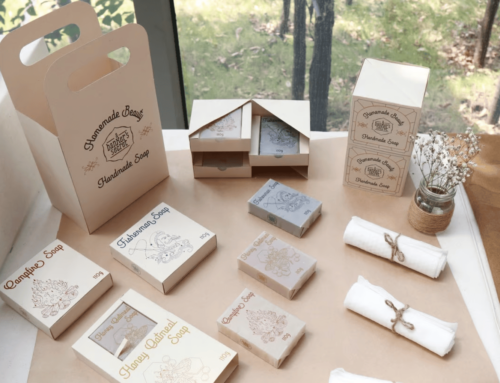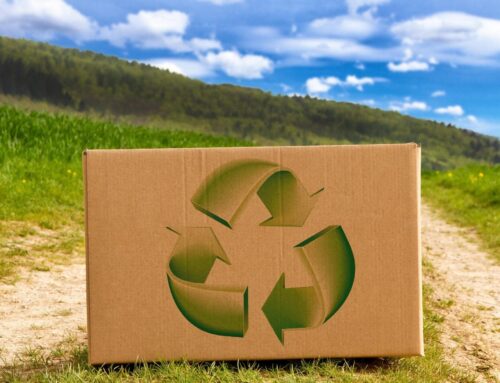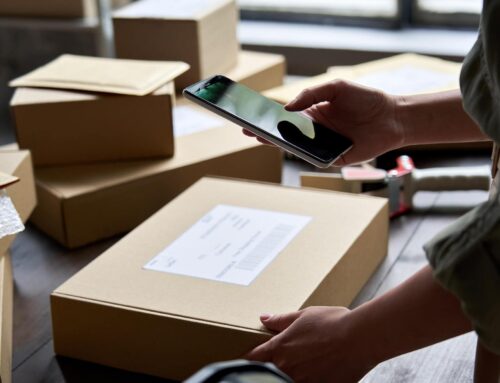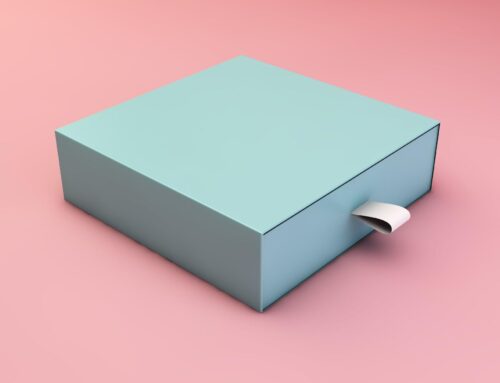You’ve spent hours with a designer, perfecting your logo. You’ve made it bright and bold. You want to make sure that it really stands out from your competitors.
No one can deny that good design is integral to marketing your product and growing your business. But have you actually considered the type of box your bold and bright logo will be printed on?
You’ve got a couple of options when it comes to packaging your product. So how do you choose? Keep reading for everything you need to know when it comes to two of the most popular choices: chipboard versus corrugated boxes.
What are Corrugated Boxes?
When you picture a typical cardboard box that you would use to move house, you’re definitely picturing a corrugated box. Corrugated boxes are made from a thin layer of grooved and folded board, which is then sandwiched between two thicker cardboard layers.
Corrugated boxes are generally used for transporting and shipping goods, as the fluted cardboard serves as a protective layer. These durable packaging options can be easily dismantled, folded, stored, and re-used.
What are Chipboard Boxes?
Chipboard boxes are made up of a single layer of cardboard. This can vary in thickness, depending on your requirements.
Chipboard is light-weight and can be easily adapted to more unusual shapes to fit your product. It has a smoother surface and a cleaner look which makes it a go-to for in-store displays and packaging. It also makes for a sleeker design with a glossier finish.
When Should I Use Chipboard vs Corrugated?
Corrugated boxes are definitely the best choice when it comes to shipping your product. This is because the layer of grooved cardboard in between the outer layers provides extra protection.
While corrugated board is best for transporting and shipping products, it can also be used for in-store packaging and displays. This will depend on how much protection your product needs once it’s in stores.
Chipboard on the other hand isn’t the best choice for transportation and repackaging purposes. Although it comes in different thicknesses, chipboard won’t offer the same protection as corrugated board.
If your product is fragile and shipping is a concern, check in with your packaging company about their options when it comes to keeping your product safe.
Both chipboard and corrugated board are sustainable options. They can both be easily recycled, although corrugated board is more readily recycled than chipboard. In fact, 70% of all corrugated cardboard is recycled, making it the largest source of waste paper recycled in the US!
When it comes to printing, the type of cardboard you choose will depend on the look and feel of your design. Chipboard can be easily laminated and is suitable for lithographic printing. This means that if you want your image to have a high-quality, photographic feel, chipboard is the way to go.
Corrugated board is generally thicker and would be more expensive to laminate and print on lithographically. This makes it more suited to simpler designs and prints. If you need more info on the different printing options when it comes to packaging, take a look here.
Thinking Inside The Box
As a business owner, you take pride in your product. You spend time perfecting every detail from production to design. Choosing the right packaging solution deserves just as much attention to detail. Deciding on corrugated and chipboard boxes is only the beginning when it comes to finding your ideal packaging solution, but once the foundation is right, it’s smooth sailing.
If you have questions, comments, and concerns about packaging and shipping your product, you should get in touch with the packaging professionals.

